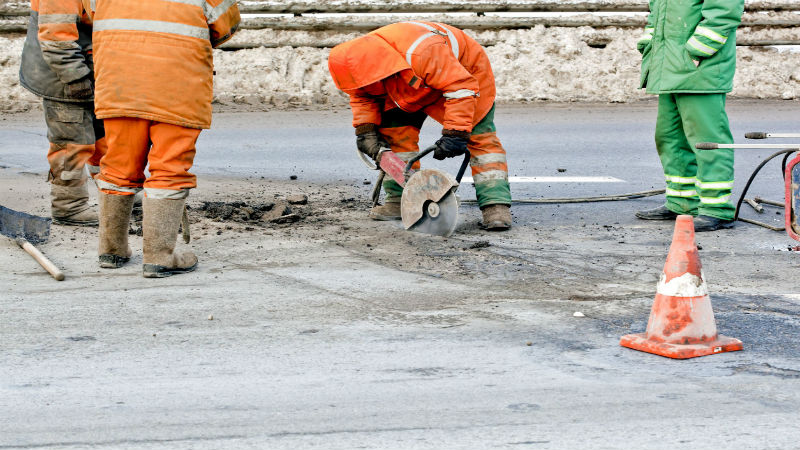Even if you don’t yet know a thing about 3D printing, you’ve likely seen a news article describing the latest related innovations, or have at least heard it mentioned in passing. The following is a brief summary to help you get acquainted with the basics of 3D printing. For further reading, you can learn more about via HowStuffWorks:
1. Haven’t seen a 3D printer in action yet? Here’s how it works:
Imagine you need a particular item – say for example, you need to replace a missing piece from your favorite chess set. Instead of ordering a replacement from the manufacturer, you might choose to design or download a replacement model instead. Specialized software performs a process called slicing, where it turns your 3d model into a series of hundreds (or thousands) of individual layers. When you send the model to your printer (the same way you send an image to your paper printer), each flat layer is printed in immediate succession. The layers stack on top of and fuse to each other, creating a physical 3 dimensional object.
2. Was this technology recently invented?
When you see a 3D printer in action, you’re actually seeing one version of a process known as additive manufacturing. Though earlier inventions exist, the technology was really first introduced for commercial use in the late 1980’s. As the name implies, this type of manufacturing is based upon the concept of adding materials as needed to create an item. This is in contrast to subtractive manufacturing, a popular technique that involves reducing a larger piece of material into the desired shape and size (e.g. cutting a tree into planks, or carving a sculpture). Each technique has unique characteristics that make them better suited to the development of certain shapes and geometries.
3. Why is 3D printing becoming increasingly important?
Though additive manufacturing has been around for some time, recent advances in computing have made small microcontrollers affordable and widely available. These microcontrollers help translate the directions from your computer into the actions taken by the 3D printer. The resulting increase in the variety and quality of 3D printers available has made an impact on the consumer market.
At the same, many companies not directly involved with traditional manufacturing are taking notice of 3D printing technology. In health care for instance, medical experts have successfully used 3D printing to help produce custom-made hearing aids. Custom-fit leg braces and prosthetics have also been printed with success, often helping individuals who aren’t otherwise able to financially access the requisite medical devices.
Looking to the future of 3D printing, there continue to be exciting developments with the creation of new printing materials. While today’s materials include plastics and polymers, tomorrows might include cells and medical compositions. Imagine for example, the ability for a surgeon to print a custom-design replacement ear for an individual seriously injured. That type of research is actually already underway, and has extremely positive implications for the continued development and application of 3D printing.
While this article introduces basics of 3D printing, the technology really has a “see it to believe it” factor that shouldn’t be ignored. To see 3D printers in action, consider contacting your local library. Many have added 3D printers to the technology available for on-site use, and often have one or more individuals who can operate & demonstrate it. For those who prefer a hands-on approach, there are many 3D printers available for home & office purchase at varying levels of affordability – with some as low as a few hundred dollars.






